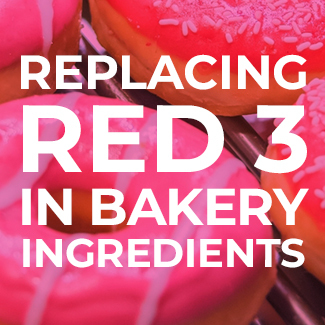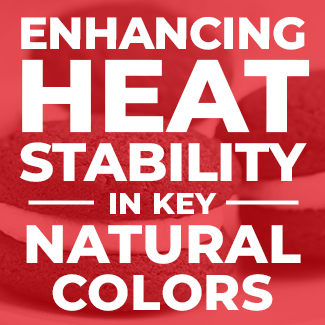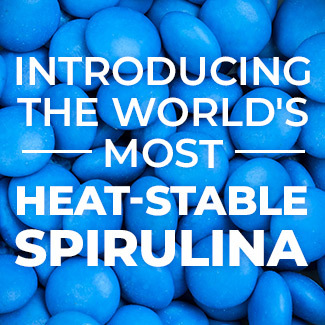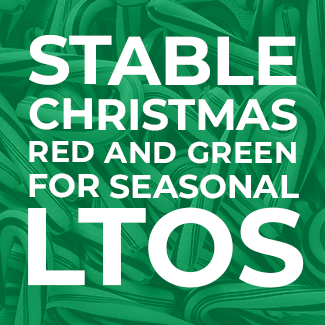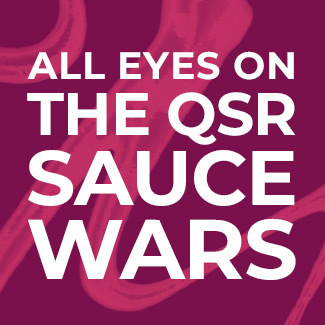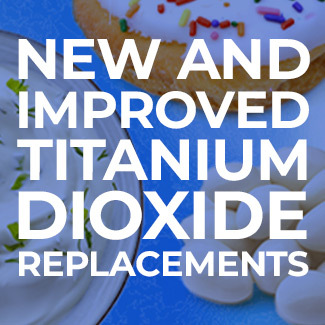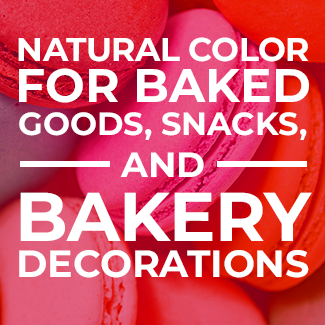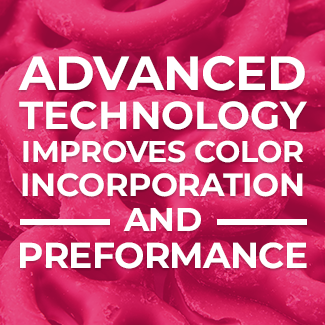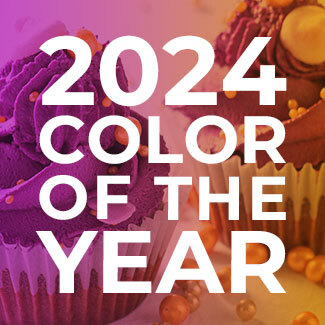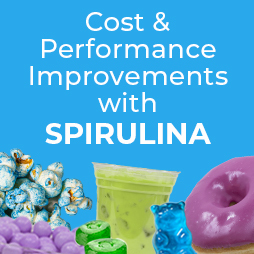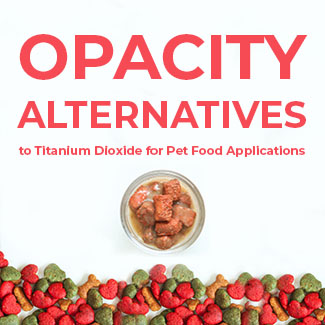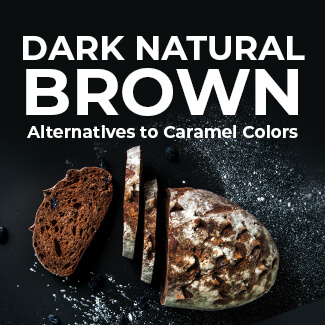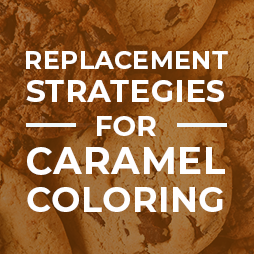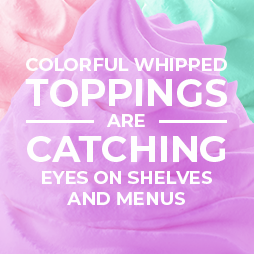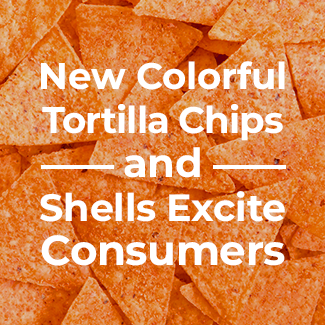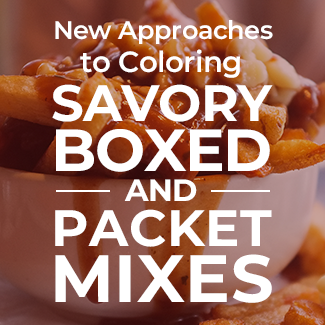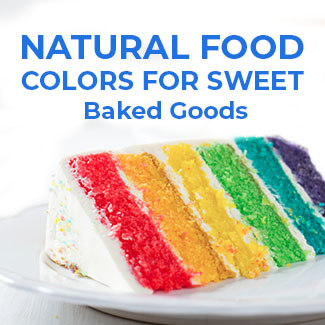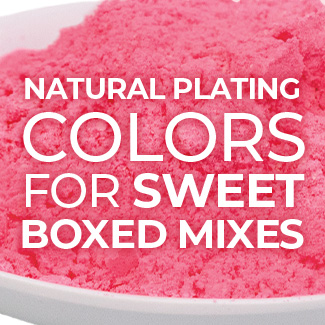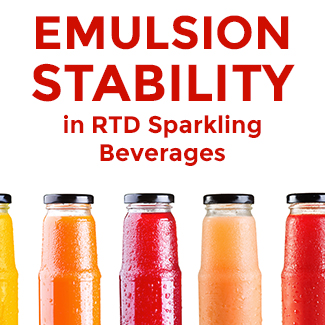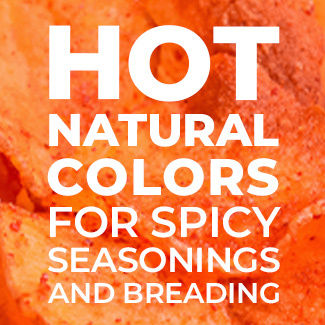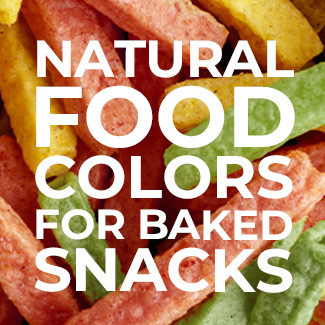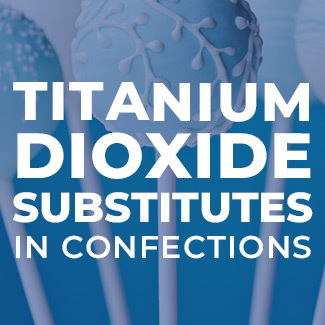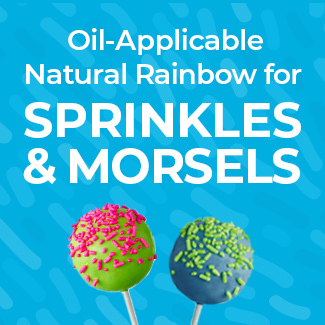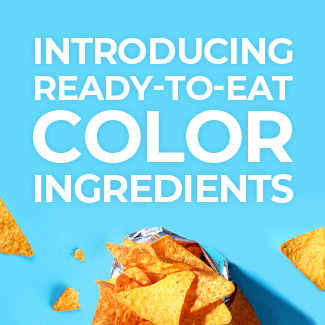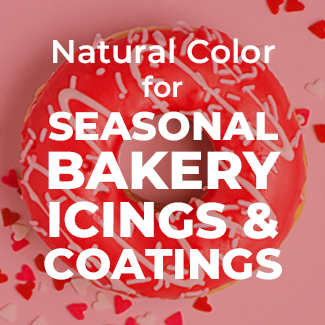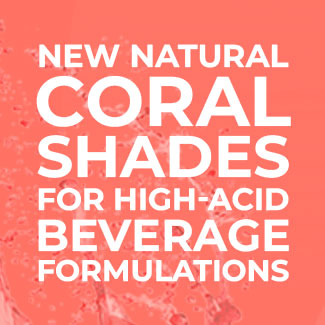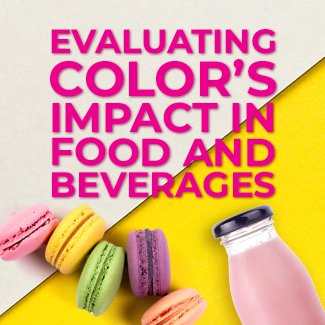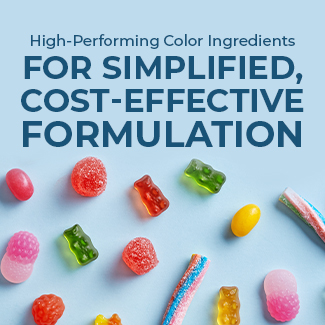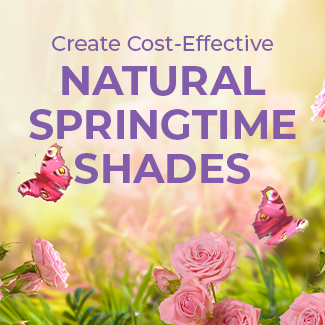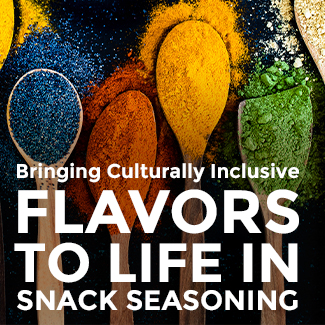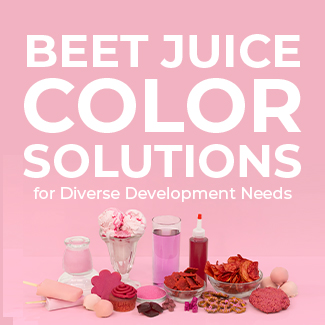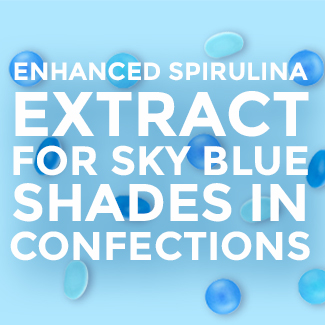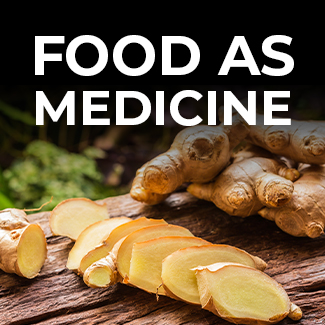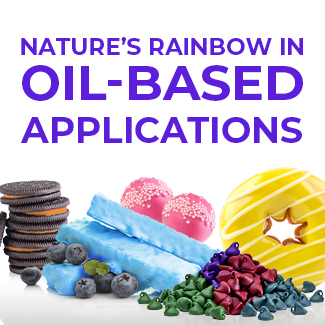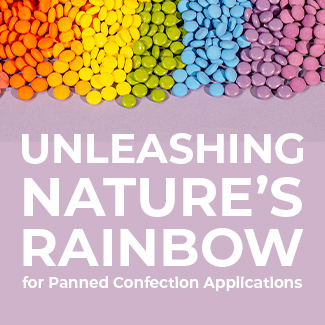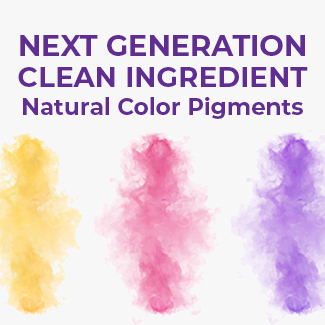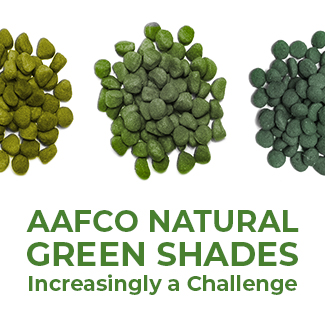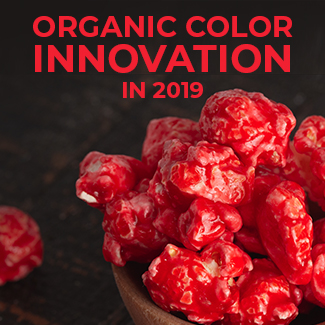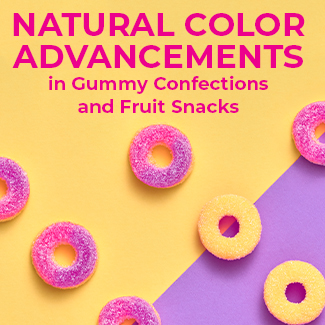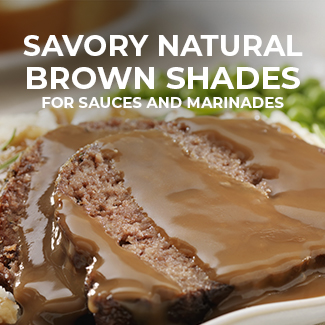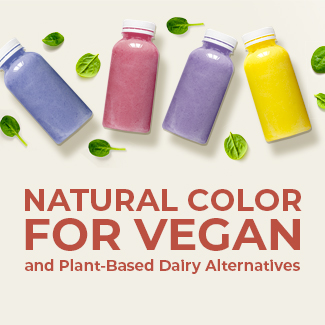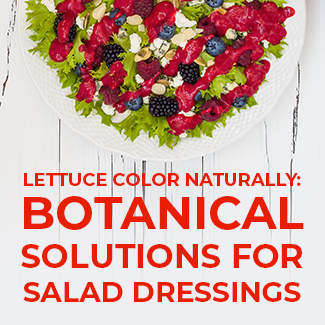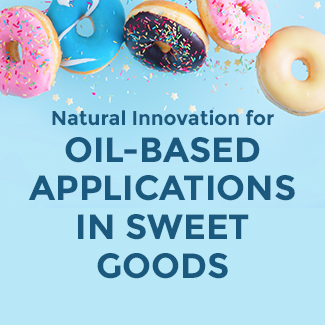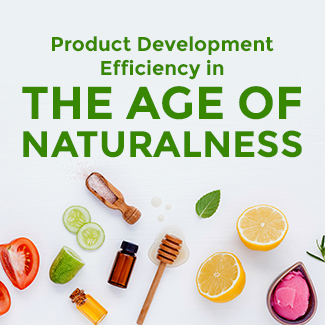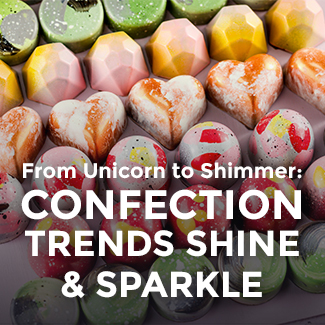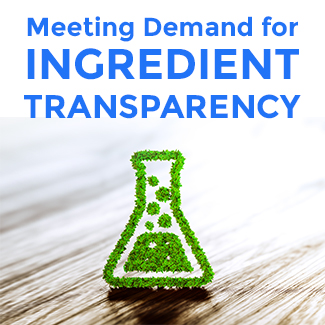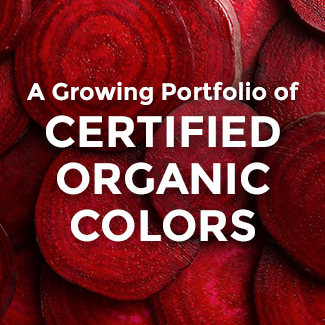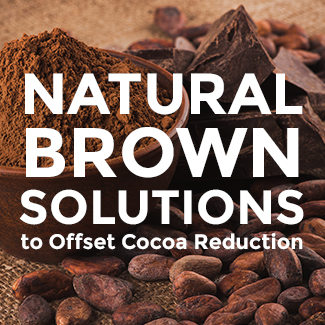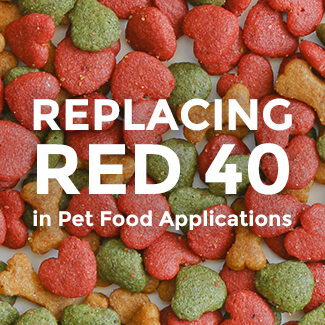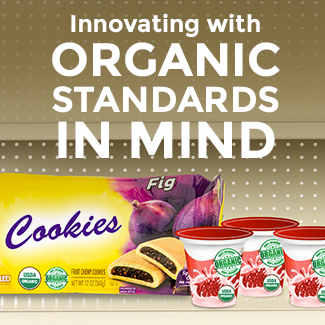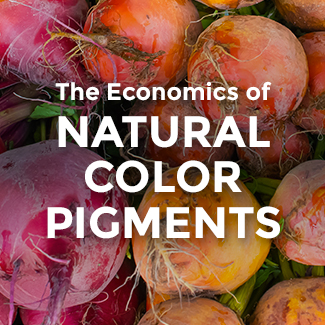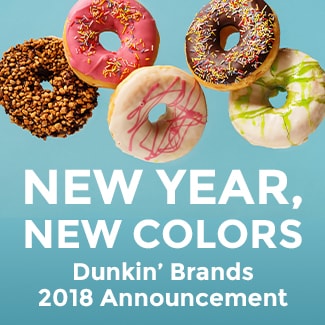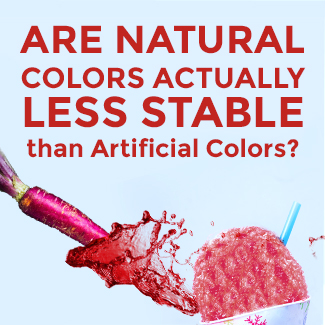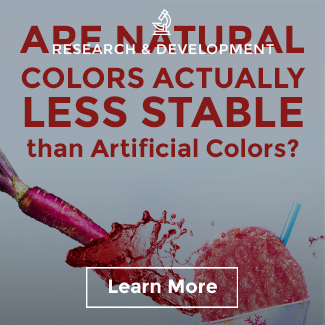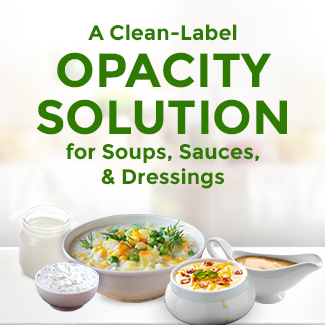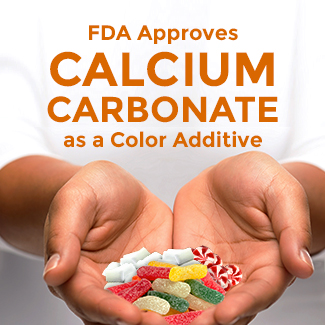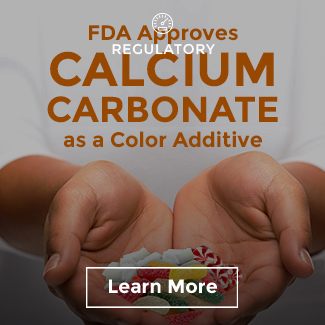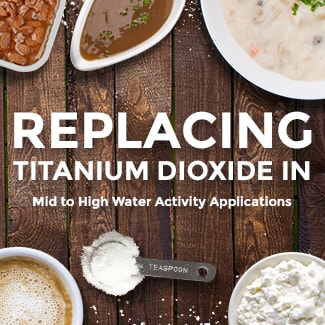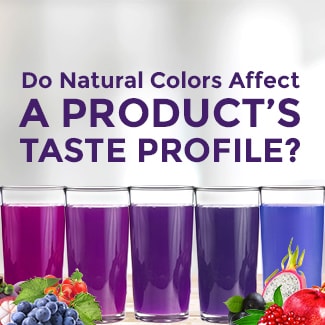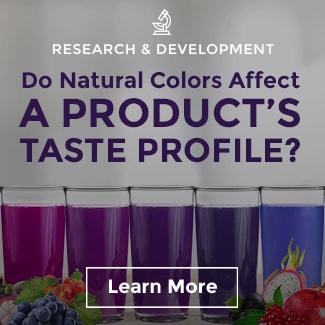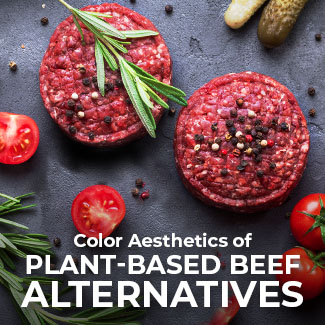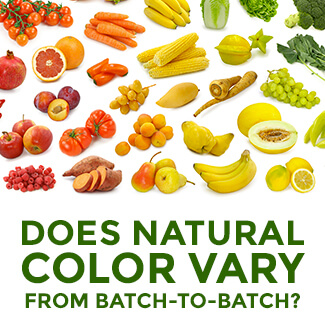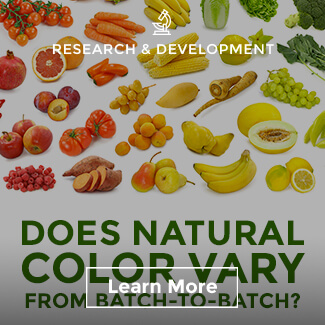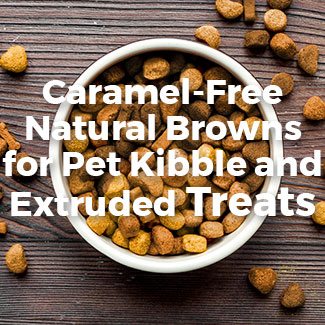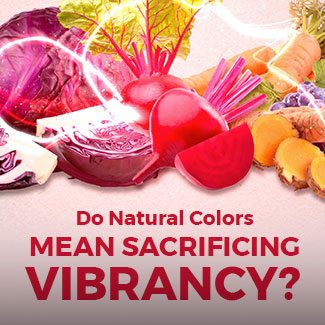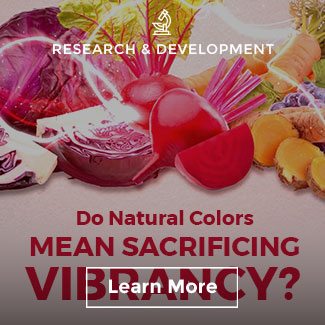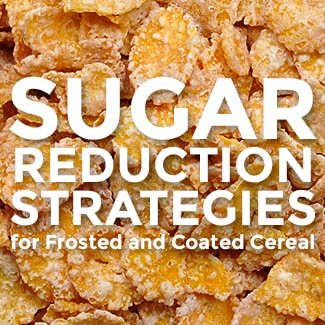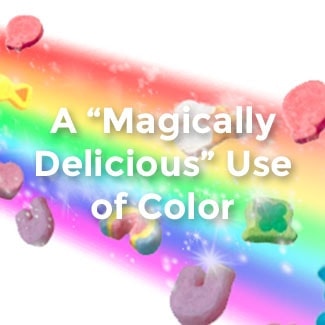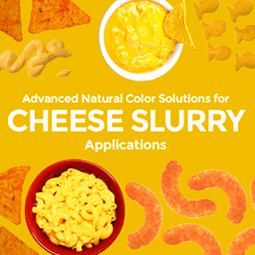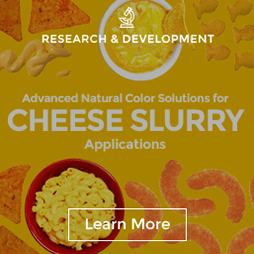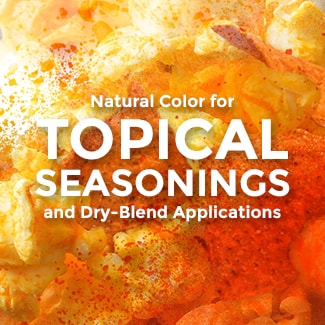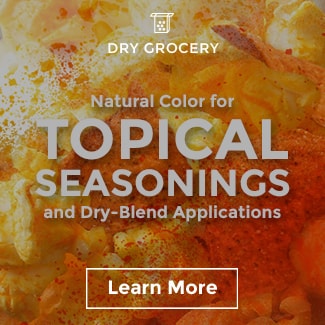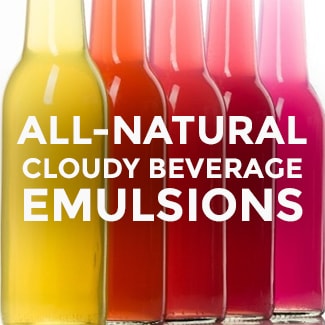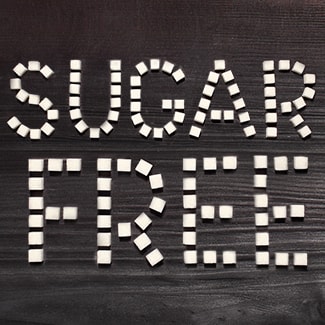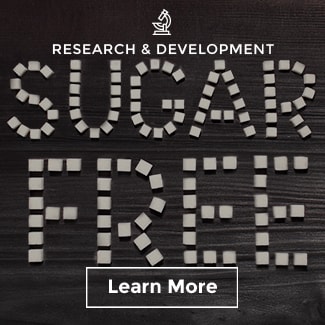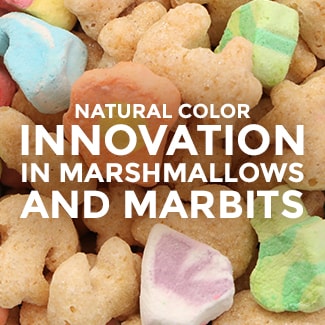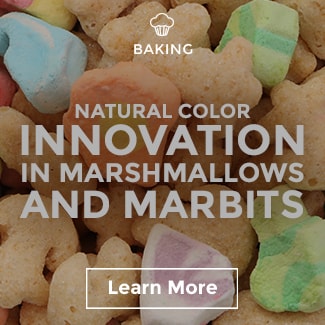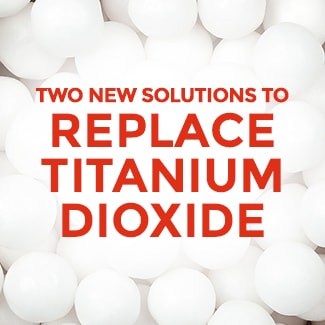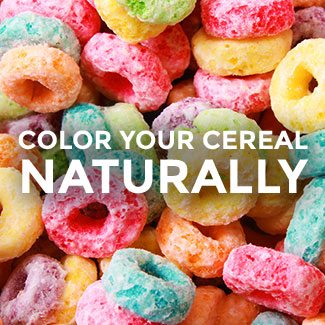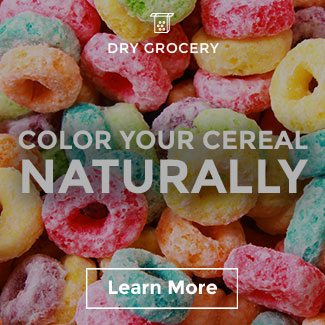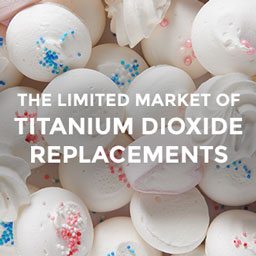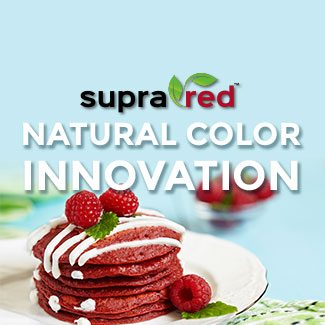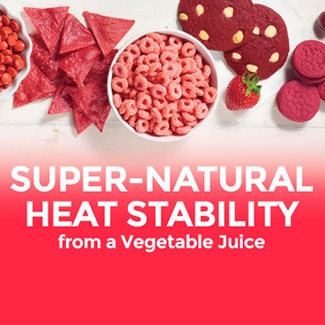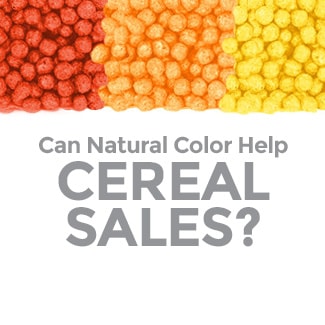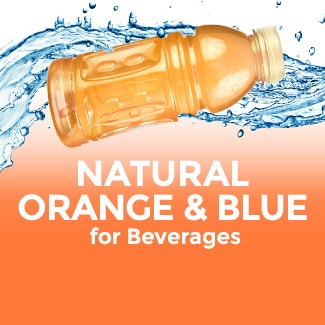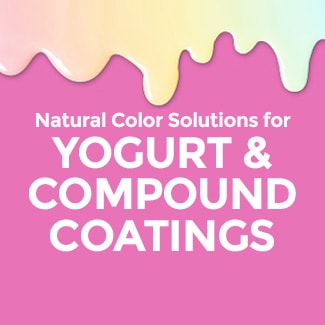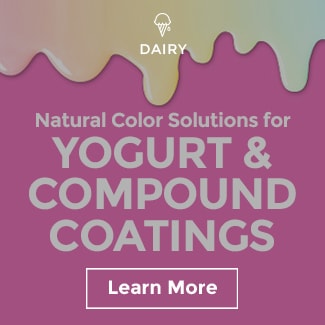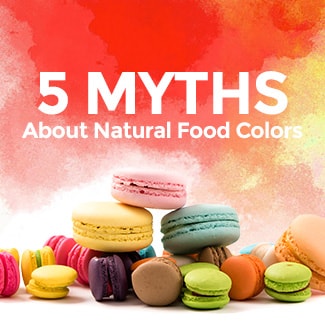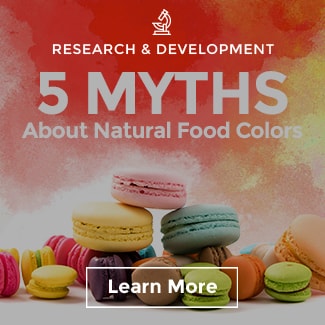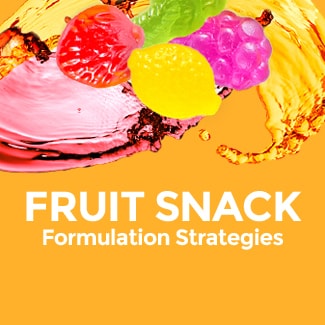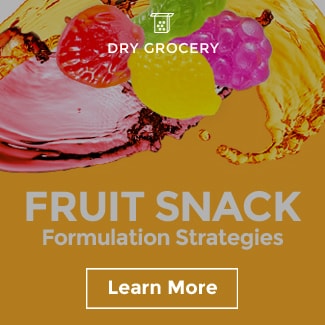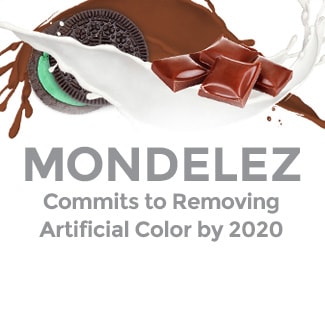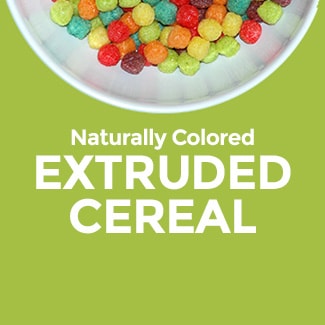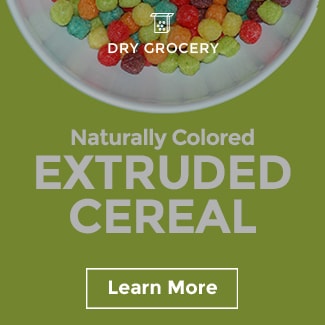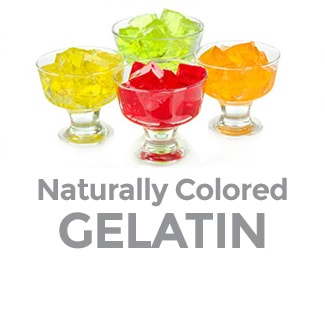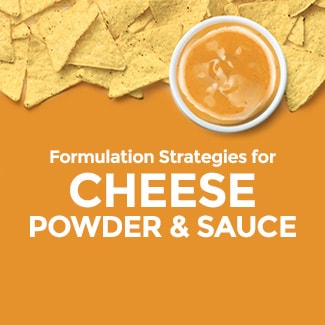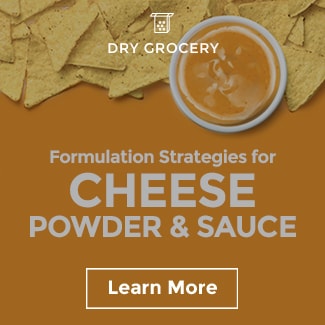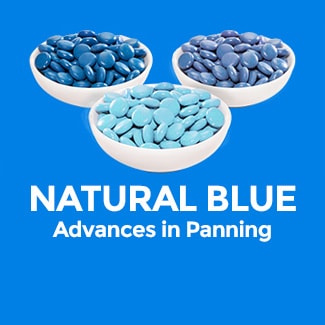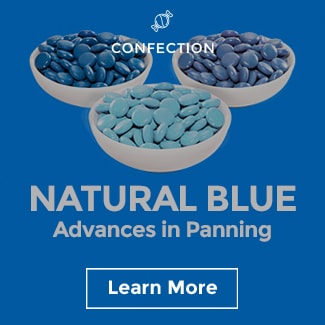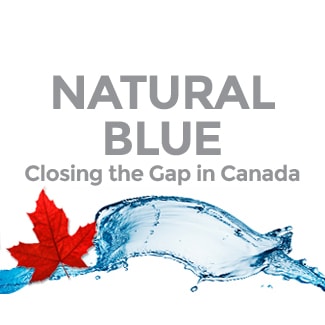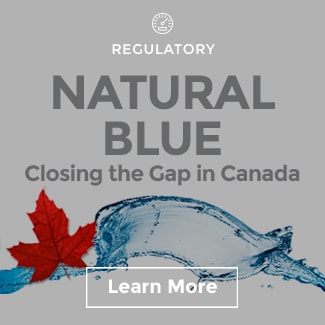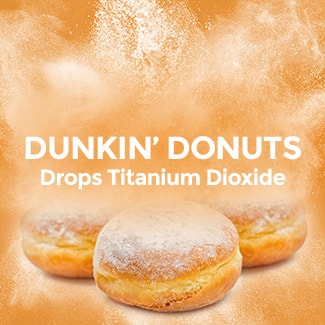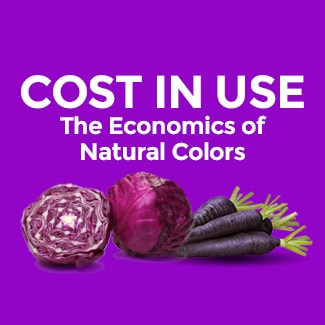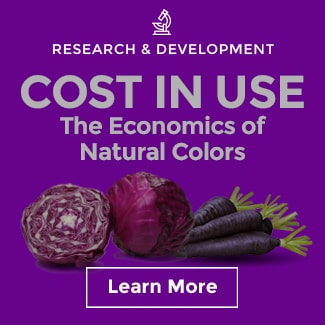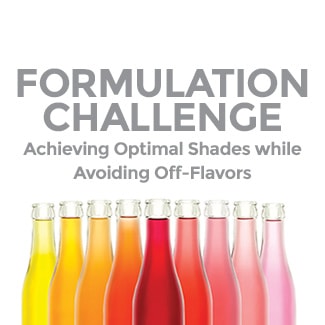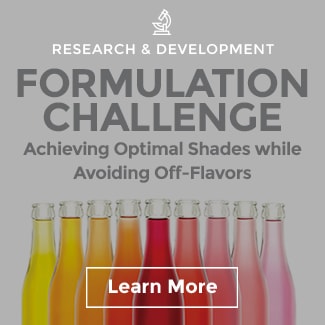Red Velvet Innovation Ideas
From Starbucks cakes to Oreos, Red Velvet seems to be everywhere. Traditionally, red velvet cake is a layered cake topped with cream cheese or roux icing. Many years ago, the red color came from the presence of vinegar and buttermilk reacting with the anthocyanins in traditional cocoa powder. But for most of the last few decades, the red color has been supplied by Red #40 dye, in part because cocoa powder used now is alkalized to neutralize its acidity.
About two and a half years ago, we noticed a dramatic increase in the number of customers inquiring about extending the red velvet concept into new areas. Cupcakes were a more obvious extension for red velvet but cookies and coffee beverages demonstrate the breadth of appeal for the idea. Red, after all, is a color that commands attention. Emerging on the scene more recently are macaroon inspired packaged food products, and a lot of these have gravitated towards red shades initially.
Synthetic Color Options
From a technical point of view, red velvet isn’t overly challenging when it comes to baking applications. Red #40 is extremely heat stable and you won’t experience shade shift across a wide pH range.
The one thing to note is that required usage is very high, in the range of 2-3 times the level typically used. This is primarily to overcome the inherent dark brown shade of the chocolate. Because of the high usage level and the fact that there are no bleed considerations, a Red #40 dye versus a lake will typically be the preferred choice. The choice of liquid or powder depends on the manufacturing process, but each works well.
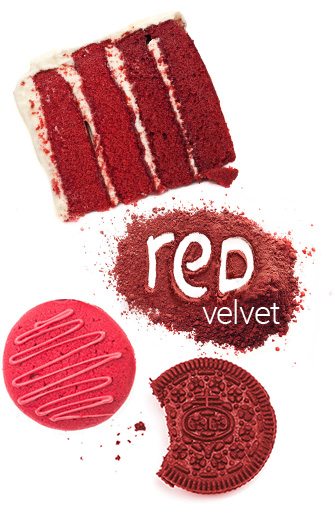 Natural Color Options
Natural Color Options
Things get a lot more complex when the decision is made to use color from natural sources. More complex does NOT MEAN not possible! In fact, there are new options that might soon make it relatively straightforward.
Some might recall that anthocyanins were the ‘original’ source of color in red velvet. Unfortunately they are not a very good solution today. At neutral pH, anthocyanins are more purple than red. Alas, it is likely the original recipes probably were not really all that red. Today, consumers expect more.
Beet is another option, but not without its own set of challenges. Beet is a pretty good shade of red at a pH level between 5-7, and this is typical for baked goods. However, because of the Maillard reaction, beet has a tendency to brown.
One great option is to use a stabilized form of beet such as Sensient’s high stability vegetable juice. This color will hold up well to a heat step in the process and it produces a nice shade.
Some ‘watch-outs’
Beet can sometimes have a bluer tinge than is desired for red velvet baked goods. In that instance, it is fairly straightforward to add a yellow component like turmeric or beta carotene to adjust the shade as needed.
As mentioned earlier, the usage rate in a red velvet application is typically quite high. This is exacerbated when we use natural colors. Because of this, we need to make sure that there are no flavor off-notes in the formulation due to the high use rate.
Additionally, cookie wafers can sometimes become denser with the addition of high levels of beet for color. This is only a challenge when usage rates are much higher than normal.
Coming Soon
I am very excited about the potential of a new, ultra-strength red vegetable juice that we have been developing for the past few years. Our final testing is close to being complete and we will have an even better solution for red velvet innovation available this summer. Please stop by and see me at the IFT show.
The advantages of this new red vegetable juice are:
- 3 simple ingredients for very clean and simple labels
- Lower usage rates
- High stability
If you have any projects where you need assistance, please use this link to set up a consultation.



